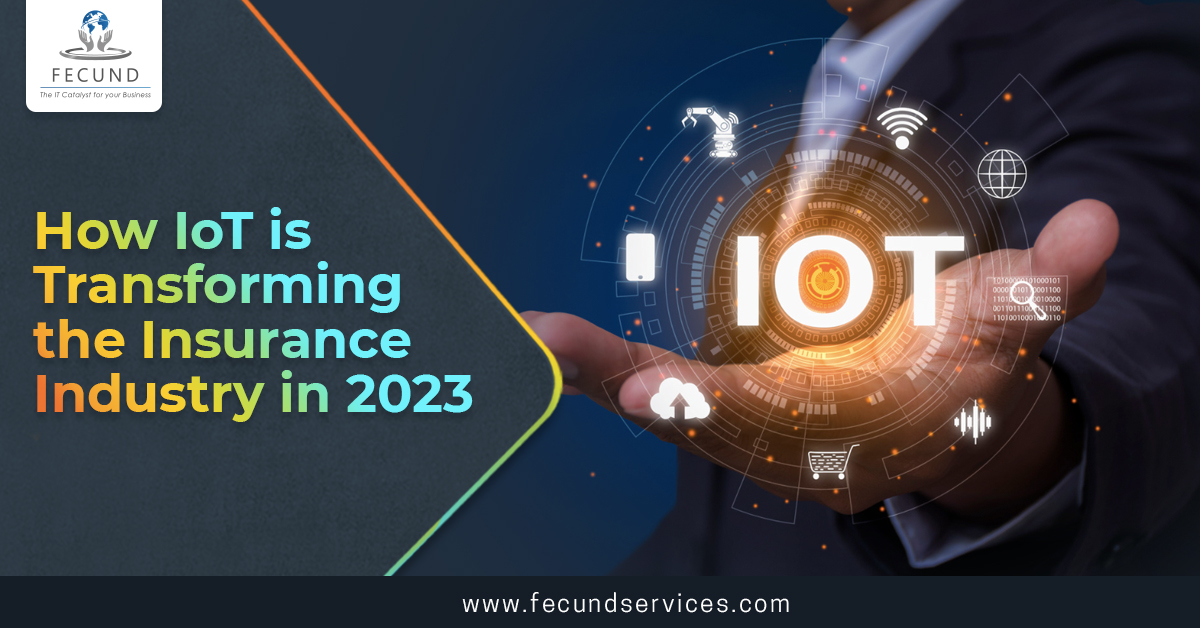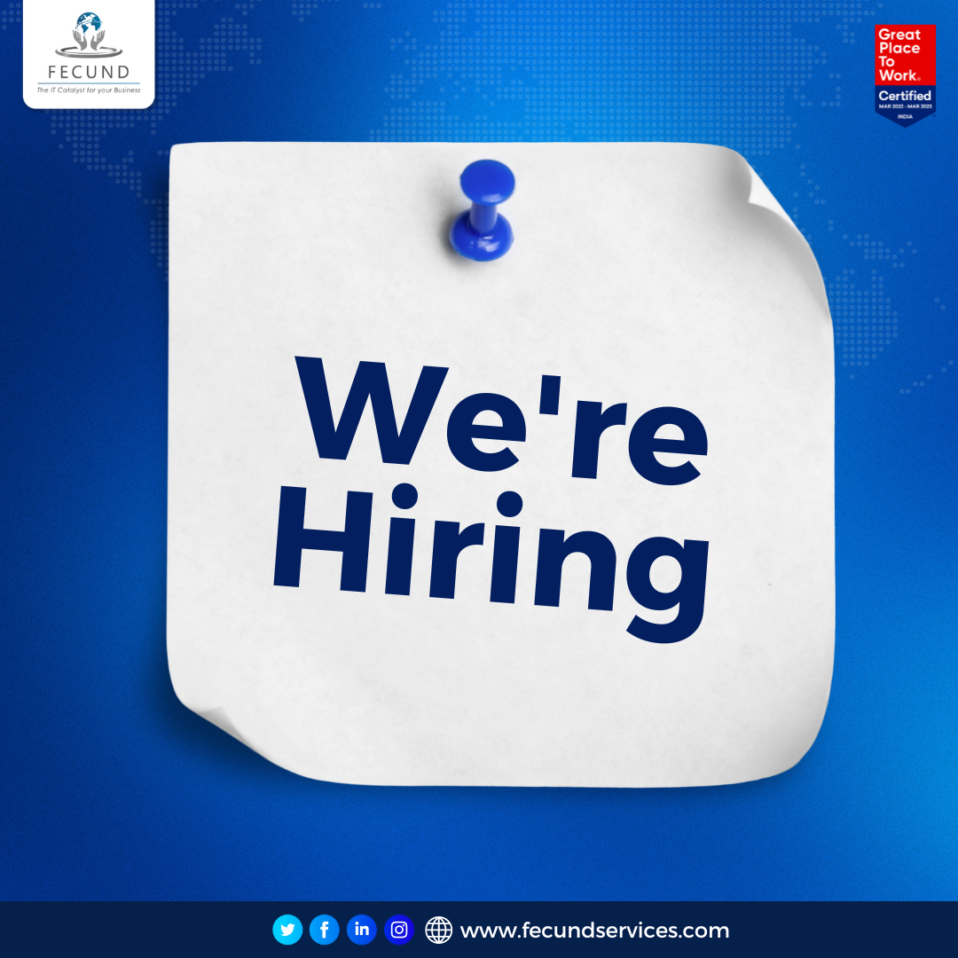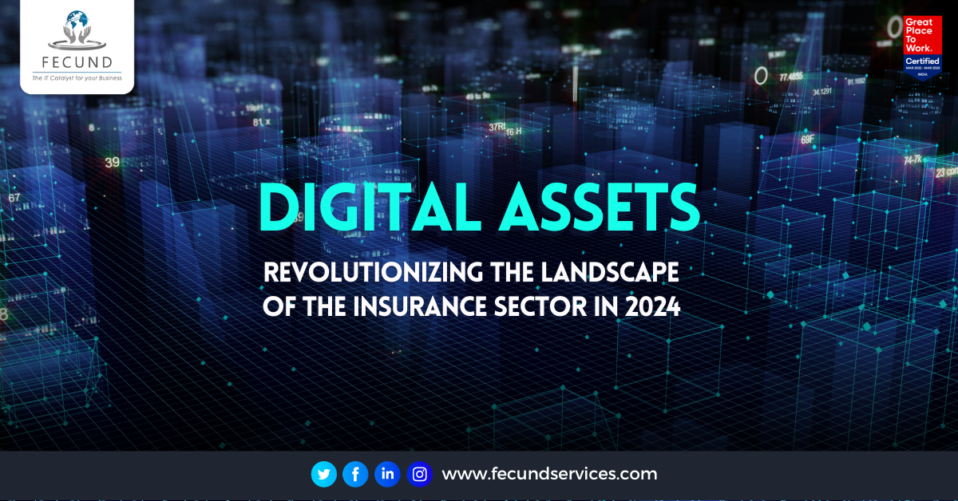
The insurance industry has been undergoing a significant transformation in recent years, thanks to the advancement of technology. One of the key technologies that have played a pivotal role in reshaping the insurance landscape is the Internet of Things (IoT). IoT refers to the network of interconnected devices embedded with sensors and software, enabling them to collect and exchange data. In the insurance industry, IoT has opened up new opportunities for insurers to streamline processes, mitigate risks, and enhance customer experience. In this article, we will explore the various ways in which IoT is transforming the insurance industry.
- The Basics of IoT
IoT revolves around the concept of interconnected devices that can collect and share data over a network. These devices can range from simple sensors to complex machinery, all equipped with the capability to communicate with each other and perform tasks autonomously. The proliferation of IoT devices has given rise to a wealth of data that can be harnessed by insurers to gain insights into various aspects of their operations.
- IoT and Risk Assessment
Traditionally, insurers relied on historical data and actuarial models to assess risks and determine insurance premiums. However, with the advent of IoT, insurers can now access real-time data from policyholders’ connected devices. For example, in the case of automobile insurance, telematics devices installed in vehicles can monitor driving behavior, such as speed, acceleration, and braking patterns. By analyzing this data, insurers can gain a more accurate understanding of an individual’s risk profile and tailor insurance premiums accordingly.
- IoT-Enabled Claims Processing
The claims process is a crucial aspect of the insurance industry, and IoT has revolutionized this area. Connected devices can capture data during an incident or accident, providing insurers with valuable insights into the circumstances surrounding the event. For instance, in the case of property insurance, sensors can detect environmental factors like temperature, humidity, and water leaks. This real-time information helps insurers expedite the claims process, accurately assess damages, and prevent fraudulent claims.
- Usage-Based Insurance (UBI)
IoT has paved the way for the emergence of usage-based insurance (UBI) models. UBI utilizes data collected from IoT devices to customize insurance policies based on the actual usage patterns of policyholders. For example, in auto insurance, insurers can offer pay-as-you-drive policies, where premiums are calculated based on the number of miles driven and driving behavior. UBI not only provides more accurate pricing but also encourages safer and more responsible behavior among policyholders.
- Preventive Maintenance and Loss Prevention
In the realm of commercial insurance, IoT plays a vital role in preventing losses and minimizing downtime. IoT-enabled sensors can monitor the condition of equipment, machinery, and infrastructure, detecting potential failures or maintenance needs in real time. Insurers can offer risk mitigation services by providing actionable insights to policyholders. For example, sensors can detect abnormal temperature fluctuations in manufacturing facilities, alerting business owners to potential fire hazards and allowing them to take preventive measures.
- Enhanced Customer Experience
IoT has opened avenues for insurers to enhance the overall customer experience. Connected devices can enable insurers to offer personalized services, real-time assistance, and proactive risk management. For instance, insurers can provide policyholders with smart home devices that detect potential risks, such as smoke or water leaks, and send alerts to both the homeowner and the insurer. This proactive approach not only improves customer satisfaction but also reduces the frequency and severity of claims.
- Data Security and Privacy Concerns
While IoT offers numerous benefits, it also brings forth concerns regarding data security and privacy. With the vast amount of sensitive data being generated and shared, it is imperative for insurers to implement robust cybersecurity measures. Safeguarding customer data and ensuring compliance with privacy regulations are paramount to building trust with policyholders. Insurers must invest in secure infrastructure, encryption techniques, and regular vulnerability assessments to mitigate the risks associated with IoT.
- Overcoming Challenges in IoT Adoption
The adoption of IoT in the insurance industry does come with its fair share of challenges. One major hurdle is the integration of diverse IoT devices and platforms. Insurers need to collaborate with technology providers and establish industry standards to ensure interoperability. Additionally, the sheer volume of data generated by IoT devices requires sophisticated data analytics capabilities. Insurers must invest in advanced analytics tools and hire skilled data scientists to derive meaningful insights from the data flood.
- The Future of IoT in Insurance
As technology continues to evolve, the future of IoT in the insurance industry looks promising. Insurers will increasingly leverage IoT data to develop innovative products, improve underwriting accuracy, and deliver personalized services. The combination of IoT with emerging technologies like artificial intelligence and blockchain will further enhance operational efficiency, automate claims processing, and foster greater trust between insurers and policyholders.
Conclusion
IoT has become a game-changer in the insurance industry, revolutionizing various aspects of the business. From risk assessment to claims processing and customer experience, IoT offers immense opportunities for insurers to adapt and thrive in a rapidly changing landscape. However, it is crucial for insurers to address data security concerns, overcome integration challenges, and invest in the necessary infrastructure and talent to fully capitalize on the potential of IoT.
 Author Bio: Abhishek Peter is an Assistant Manager – Digital Marketing at FECUND Software Services. With a Master’s degree in Marketing and various certifications in the field, he is highly skilled and passionate about solving complex problems through innovative marketing solutions. Abhishek is an avid reader and loves to explore new technologies. He shares his expertise through his blog, which provides insights into the world of marketing, technology and more. LinkedIn Profile
Author Bio: Abhishek Peter is an Assistant Manager – Digital Marketing at FECUND Software Services. With a Master’s degree in Marketing and various certifications in the field, he is highly skilled and passionate about solving complex problems through innovative marketing solutions. Abhishek is an avid reader and loves to explore new technologies. He shares his expertise through his blog, which provides insights into the world of marketing, technology and more. LinkedIn Profile




Post a comment